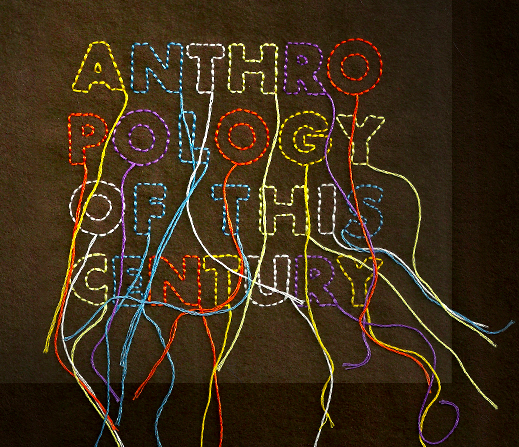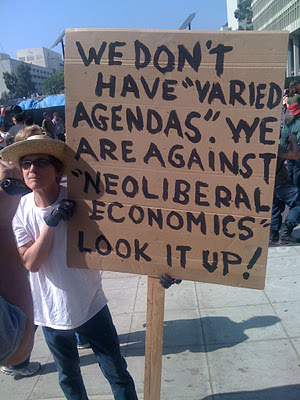A while back I wrote an incendiary post
Remix Culture is a Myth that got me accused of elitism and other signs of unhipness. Stepping off of a tweet by
Andrew Keen (“remix is a myth. … Barely anyone is remixing…”), I claimed remix culture receives way more academic attention than it’s small examples deserved.
Biella Coleman and others correctly reminded me that it isn’t its quantity or quality but its challenge to legal institutions and liberal philosophy, as well as novel modes of production within and maybe beyond capitalism that make remix important. They convinced me of these points but I am still reeling from a new experience that added another perspective to my understanding of the impact of remix culture. My footage just got remixed by a Palestinian activist.
A little over a month ago I uploaded 24 minutes of raw footage of the Palestine/Israel Wall I shot in 2009. This is footage for a documentary I am making about divided cities. I’ve finished the sections on Nicosia, Cyprus and Belfast, North Ireland and I’ve finished shooting but not editing this story on East Jerusalem. Unedited and with its natural sounds I thought it was gritty and evocative enough to stand alone on YouTube. I uploaded it and titled it “Palestine Apartheid Wall Raw Footage.” Last week I got a YouTube message from user WHW680 who kindly informed me that he remixed my footage into the French pro-independent Palestine hip-hop video “the Wall of Zionist Racist Freedom for Palestine.” Shocked and honored I watched the video.
Artistically, WHW680 doesn’t use the shots I would; he doesn’t get the projection ratios right; I wouldn’t quite be so intense with the title; and he cuts the edits too early or too late, making the viewing experience choppy. I am being intentionally superficial here for a reason, as I am trying to express the first round of mental dissonance experienced when remixed. As a cinematographer it is an enlightening if challenging ordeal. It gets deeper, too, when your work is not only remixed in a way that challenges your technical and artistic vision but is used politically in surprising ways.
The footage was used to make a music video for the track “Palestine” by Le Ministère des Affaires Populaires, a popular Arab-French hip-hip group in Paris, off of “Les Bronzés Font du Ch’ti” described as “an album that sounds like a call to rebellion, insurrection and disobedience but also solidarity.” They tour Palestine, including Gaza. The music is fantastic, mixing breaks, good flows, meaningful lyrics, and longing violins. Obviously I can get behind the activism of a liberated Palestine but becoming a tool for propaganda, despite my agreement with it, without my vocal consent, is a creatively dissonant experience.
Political semiotic engineering for the right causes I can dig, but agency denying actions are experienced as a type of cognitive violation nonetheless. The quintessential sign of this is the final few second of the video. After the footage ends and while the music still lingers, the words “Freedom, Return, and Equality,” and “Free Palestine-Boycott Israel,” and www.bdsmovement.net circle a Palestinian flag. This final frame essentially brands this video for the BDS Movement, a civil rights organization focused on “boycotts, divestment and sanctions (BDS) against Israel until it complies with international law and Palestinian rights.”
This isn’t “my” footage anymore, WHW680 generously cites me in the description, but the semiotic potential of the footage previously shot by me is mobilized for the BDS Movement. The aesthetic and the political fold into each other in remix activities in which preceding agencies, my own as cameraman, is incorporated or replaced by the technical agencies of the French remixer, WHW680, and reformulated into the political vision of the pro-Palestinian BDS Movement. Which is all good, but it gives me a new look at remix culture.
This experience has forced me to eat some of my words. Remix culture isn’t a myth. I agree with my earlier detractors who stated that it isn’t about the volume of the activity nor the impact of this remixed song or that music video. I would add something more. Being remixed is personally transformative for those being reformatted by values and practices beyond their control. Not only does remix challenge jurisprudence and liberalism, and present new modes of knowledge production, it also modifies the subjective constitution of agency in artistic and political social sphere.


